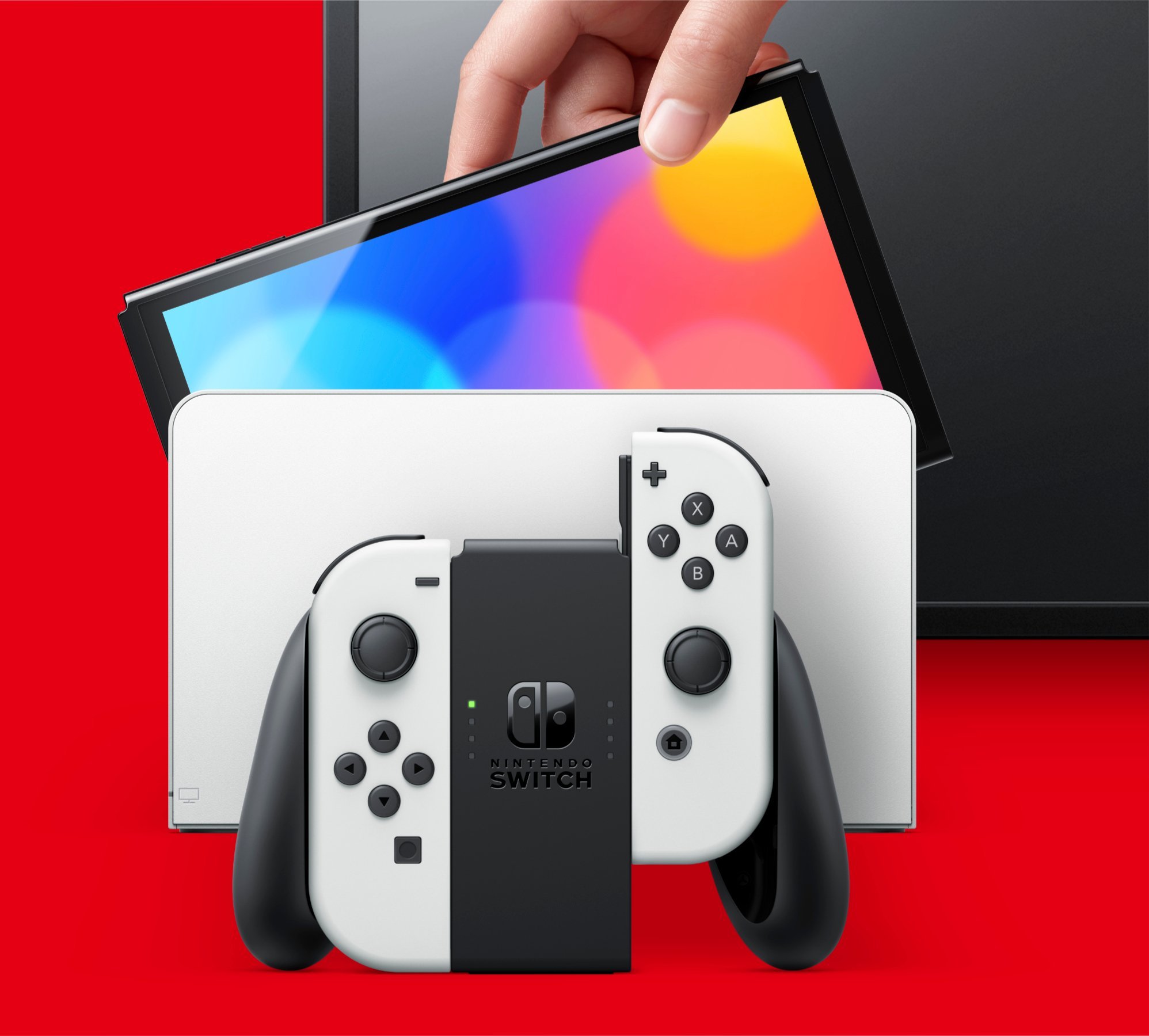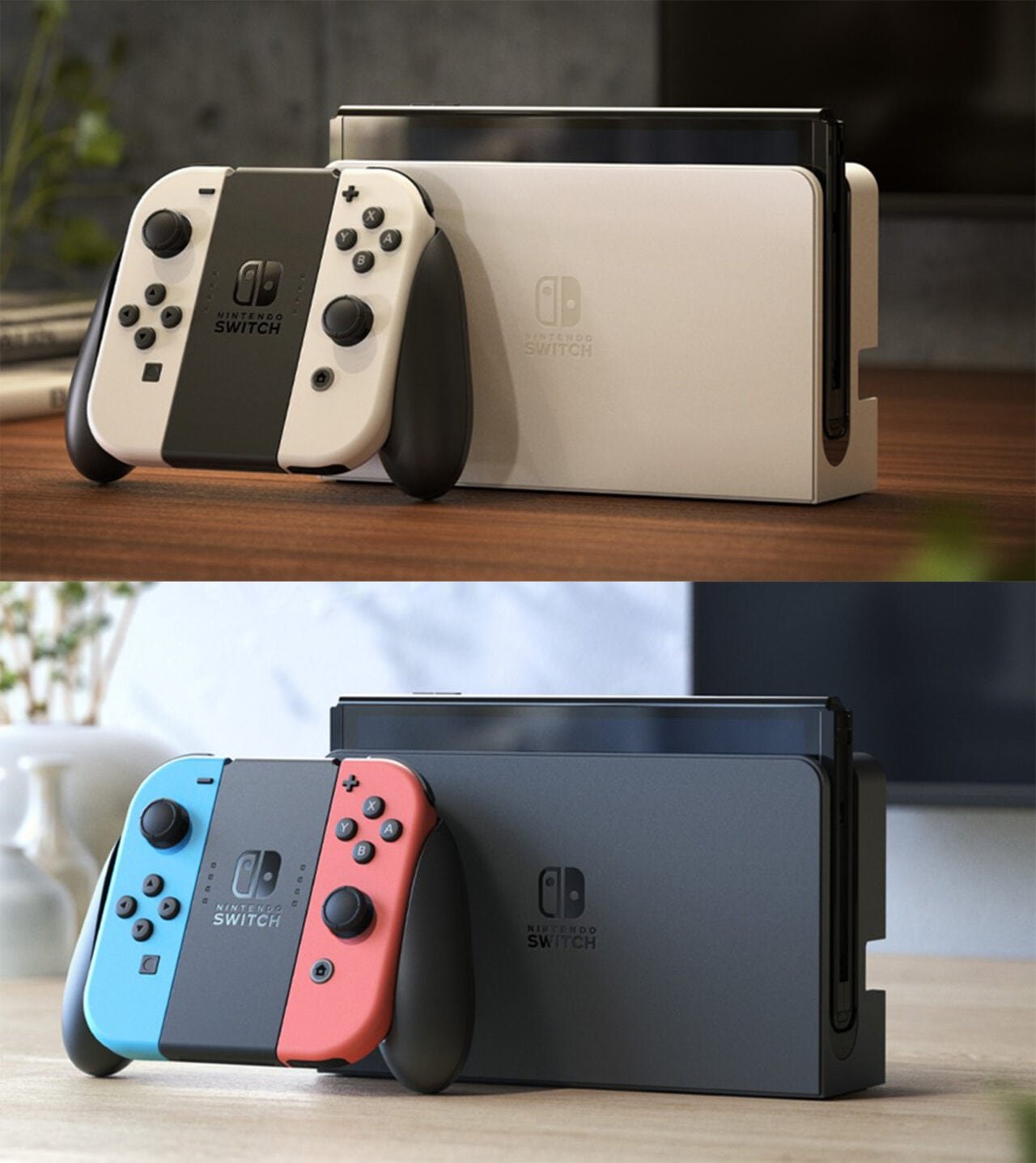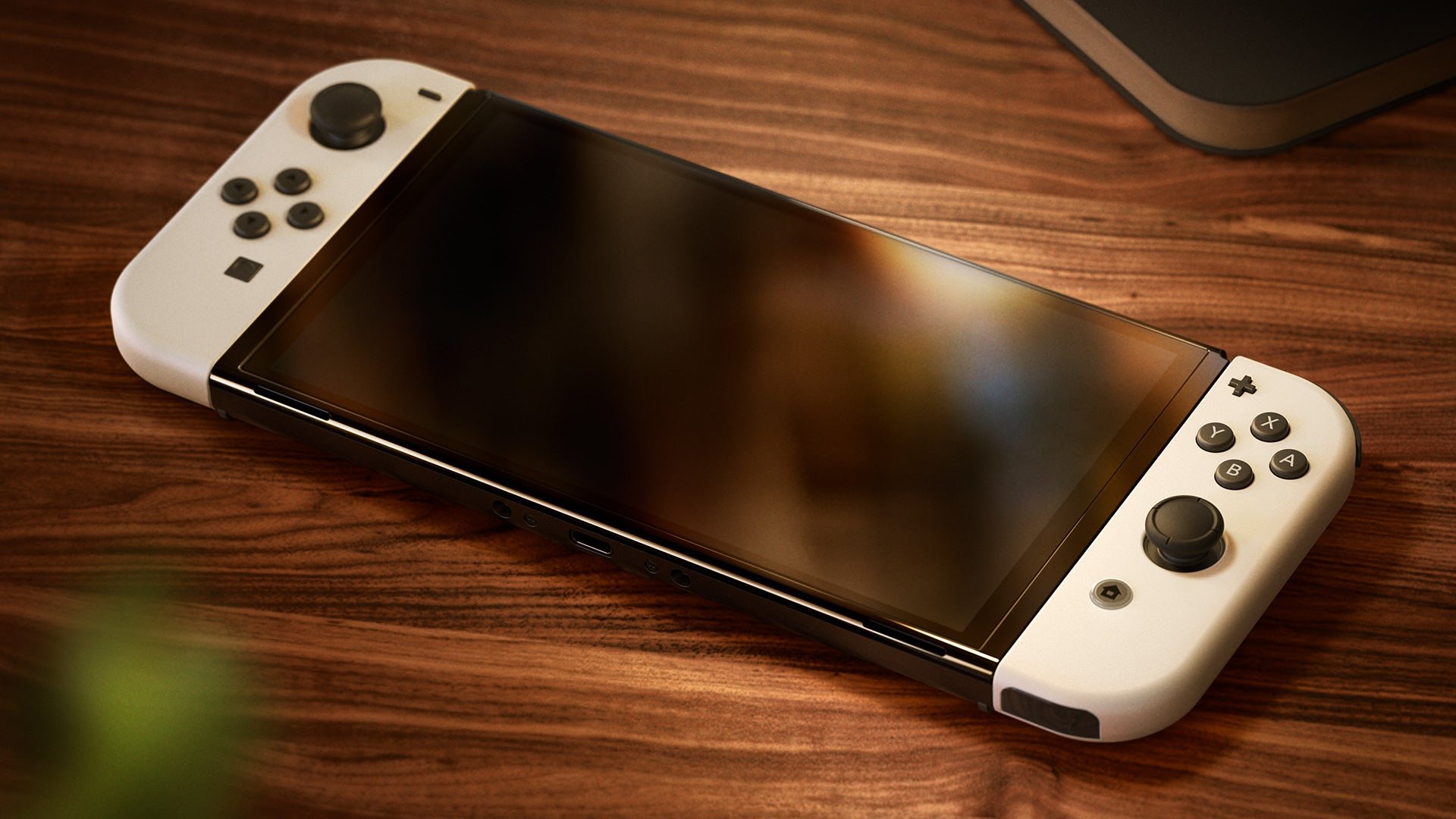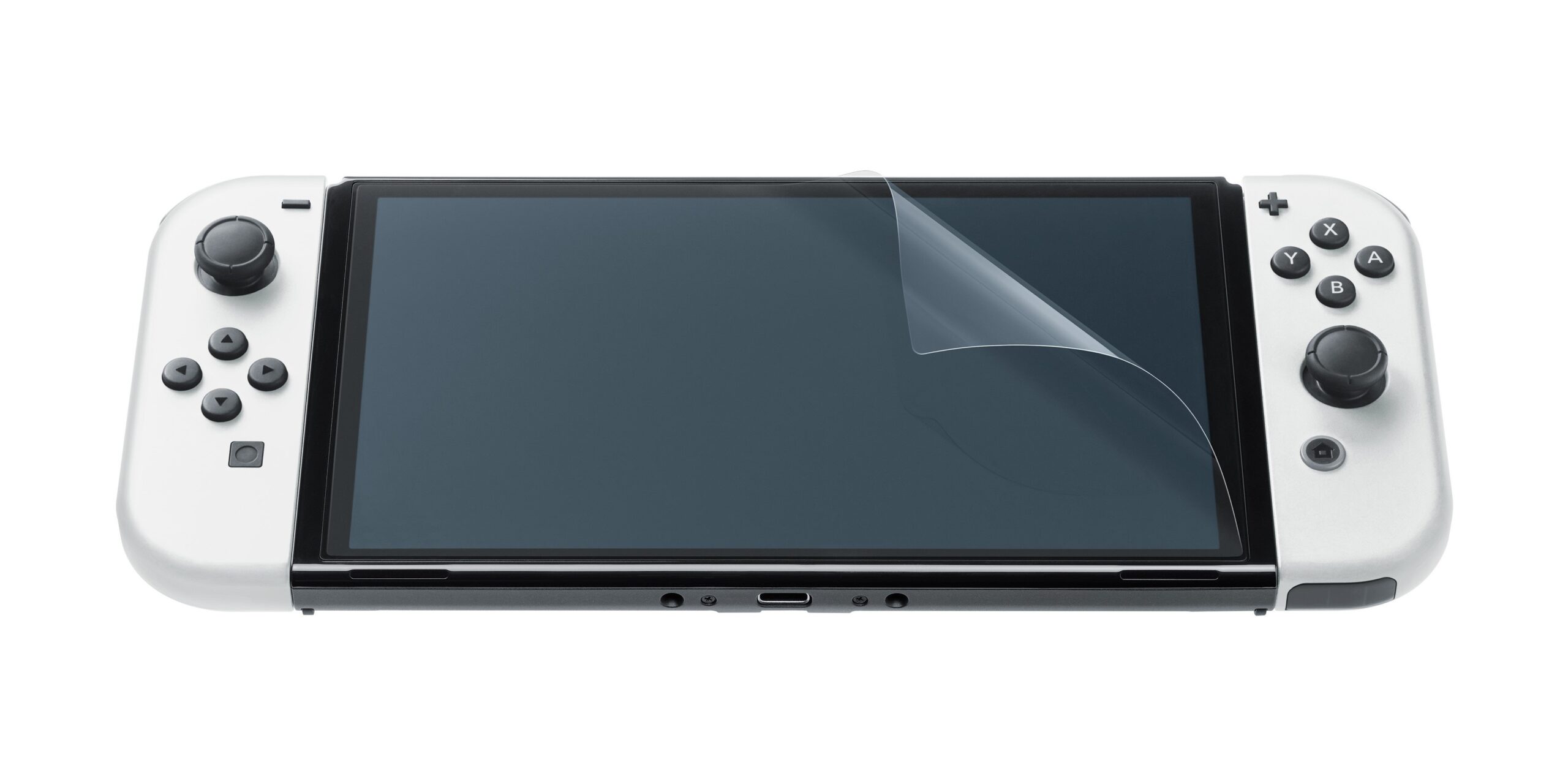Nintendo Switch OLED Review: A Brilliant Screen, But Not the Pro We Wanted

Five years after its revolutionary debut, the Nintendo Switch remains a dominant force in gaming. It’s a console that defied convention, masterfully blending home and handheld play. Now, Nintendo has delivered the Switch OLED, an iterative update that isn’t the 4K-capable “Switch Pro” many anticipated, but is nonetheless the most premium and desirable version of the hardware to date. It poses a simple question: is a spectacular screen and a handful of refinements enough to justify an upgrade, or even the initial investment for new buyers?
The Star of the Show: That OLED Display
Let’s be clear: the 7-inch OLED panel is the entire reason this console exists, and it is a triumph. Moving from the original’s 6.2-inch LCD to this new screen is a more impactful upgrade than you might expect. Colors aren’t just more saturated; they possess a depth and richness that breathes new life into familiar worlds. In Metroid Dread, the inky blacks of planet ZDR are truly black, making neon highlights pop with an almost startling intensity. Similarly, the vibrant landscapes in The Legend of Zelda: Breath of the Wild feel more immersive and painterly than ever before.

This isn’t just about color; it’s about contrast. The per-pixel lighting of OLED technology means that bright elements can exist next to perfect black, creating a dynamic range the old LCD simply cannot match. The reduced screen bezels also contribute to a more modern, premium aesthetic, making the original model look dated by comparison. However, the glossy screen finish is a double-edged sword, offering incredible clarity indoors but becoming a reflective nuisance in direct sunlight.

Refined Design, Identical Performance
Beyond the screen, Nintendo has implemented several smart quality-of-life improvements. The flimsy, infamous kickstand of the original is gone, replaced by a wide, sturdy, and highly adjustable stand that spans the width of the console. It finally makes tabletop mode a genuinely viable way to play. The internal speakers have also been tweaked for slightly fuller, clearer audio, and onboard storage has been doubled from a paltry 32GB to a more reasonable 64GB. The included dock also gets an upgrade, now sporting a built-in LAN port for more stable online multiplayer—a long-overdue addition.
Internally, however, nothing has changed. The Switch OLED is powered by the exact same custom NVIDIA Tegra X1 chipset as its predecessor. This is the review’s critical inflection point. There are no faster loading times, no higher frame rates, and no resolution bump. Games run identically. In handheld mode, you’re still playing at a native 720p, and when docked, the output remains capped at 1080p. For those who primarily play on a 4K television, this model offers virtually no advantage over the standard version beyond the wired internet connection. It’s a significant missed opportunity and a clear signal that this is a premium revision, not a new generation.

The Value Proposition: Who is This For?
At a higher price point than the standard model, the Switch OLED’s value is entirely dependent on your use case. If you are a prospective new owner and plan to play frequently in handheld or tabletop mode, the OLED model is unequivocally the one to get. The superior screen and build quality enhancements are well worth the modest price increase for the vastly improved portable experience.
For existing Switch owners, the calculation is more complex. If you are a “docked-only” player, there is almost no reason to upgrade. The core experience on your television will be indistinguishable. But for the handheld warriors—the daily commuters, the frequent flyers, the bedtime gamers—the Switch OLED presents a compelling, if not essential, upgrade. It refines the on-the-go experience to near perfection, making the original feel like a prototype in your hands.
Ultimately, the Nintendo Switch OLED is the best version of an already brilliant console. It’s a masterful refinement rather than a revolution. By focusing its efforts on the handheld experience, Nintendo has doubled down on the Switch’s core identity, delivering a device that feels more premium, polished, and enjoyable to use where it matters most: in your hands.
Where to Buy:
Nintendo Switch OLED Quick Summary
Key Scores:
- Value: 94%
- Design: 93%
- Performance: 94%
- Quality: 92%
- Popularity: 90%
Top Pros
- ✅ The vibrant 7-inch OLED screen is a stunning visual upgrade.
- ✅ A redesigned kickstand offers vastly improved stability for tabletop play.
- ✅ Internal storage is doubled to a more reasonable 64GB capacity.
- …
Key Cons
- ❌ Internal performance remains completely identical to the original Switch model.
- ❌ The glossy screen finish is prone to glare in bright environments.
- ❌ No 4K video output is a missed opportunity for docked players.

















